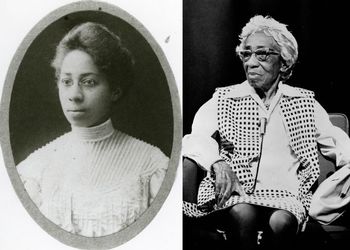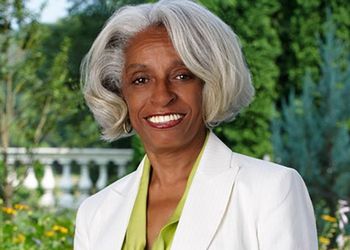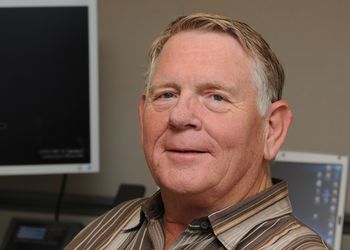First Spartan to win Nobel Prize
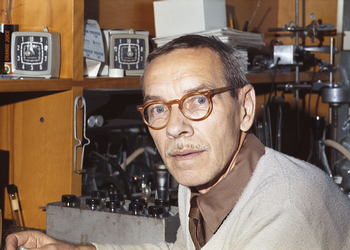
When Alfred Hershey attended Michigan State University in 1926, he hesitated about what major to choose. Initially, he registered for engineering but eventually switched to bacteriology. What made him change his field of study remains a mystery, but it led to a series of groundbreaking discoveries.
Having earned his bachelor’s degree in 1930, Hershey matriculated into graduate work. Four years later, he defended a dissertation on the chemical components of Brucella. These bacteria can cause an infection that spreads from animals to people, primarily through unpasteurized dairy products.
After his doctorate, Hershey joined the faculty of Washington University in St. Louis. There, he became fascinated by bacteriophages, viruses that infect and replicate only in bacterial cells. Teaming up with two other scientists, Max Delbrück and Salvador Luria, he co-founded a "phage group" – an informal club that united phage enthusiasts.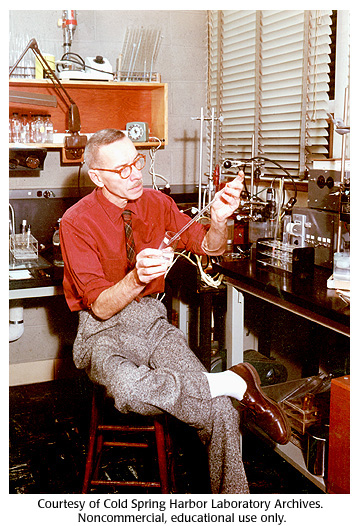
In 1950, Hershey moved to Cold Spring Harbor Lab as a staff geneticist. There, he and his assistant Martha Chase conducted the famous “blender experiment”. Researchers used a kitchen blender to prove that DNA, not protein, was the genetic material of life. This was a breakthrough in the field of molecular biology.
Hershey’s work earned him the Nobel Prize in Medicine and Physiology in 1969, along with Delbrück and Luria. He became the first Spartan to win this prestigious award. More importantly, his findings helped to develop or improve vaccines for various diseases. Additionally, his discovery was vital to finding cures for cancer, hemophilia, HIV and many other illnesses.
Colleagues noted Alfred's preference for solitude and joked that he was constantly thinking about the essence of existence. They were right. In DNA, Hershey found the code of life that defines who we are and what we can do. Despite the grandiosity of his discovery, he remained the same modest Al he was when he first appeared on the campus of Michigan State University.

